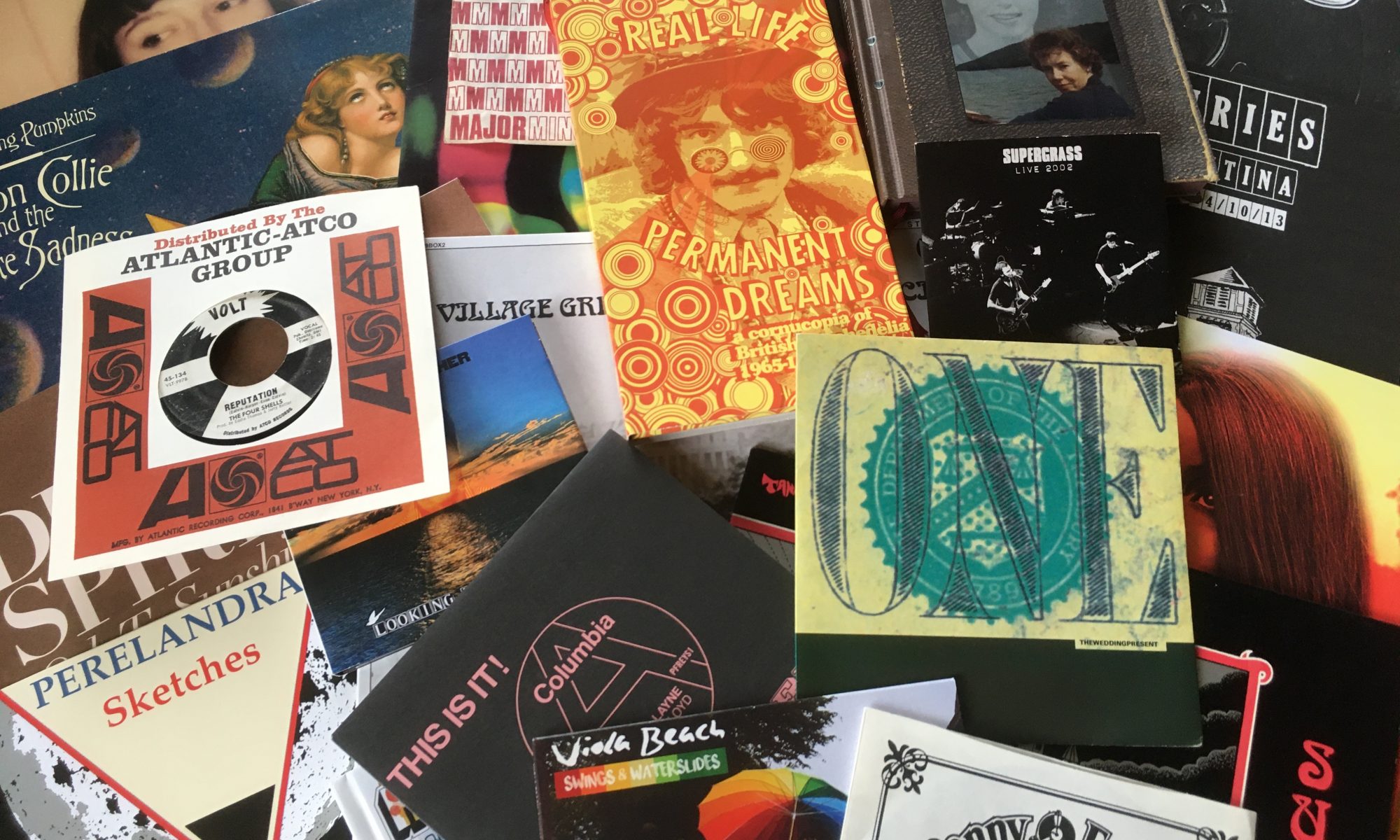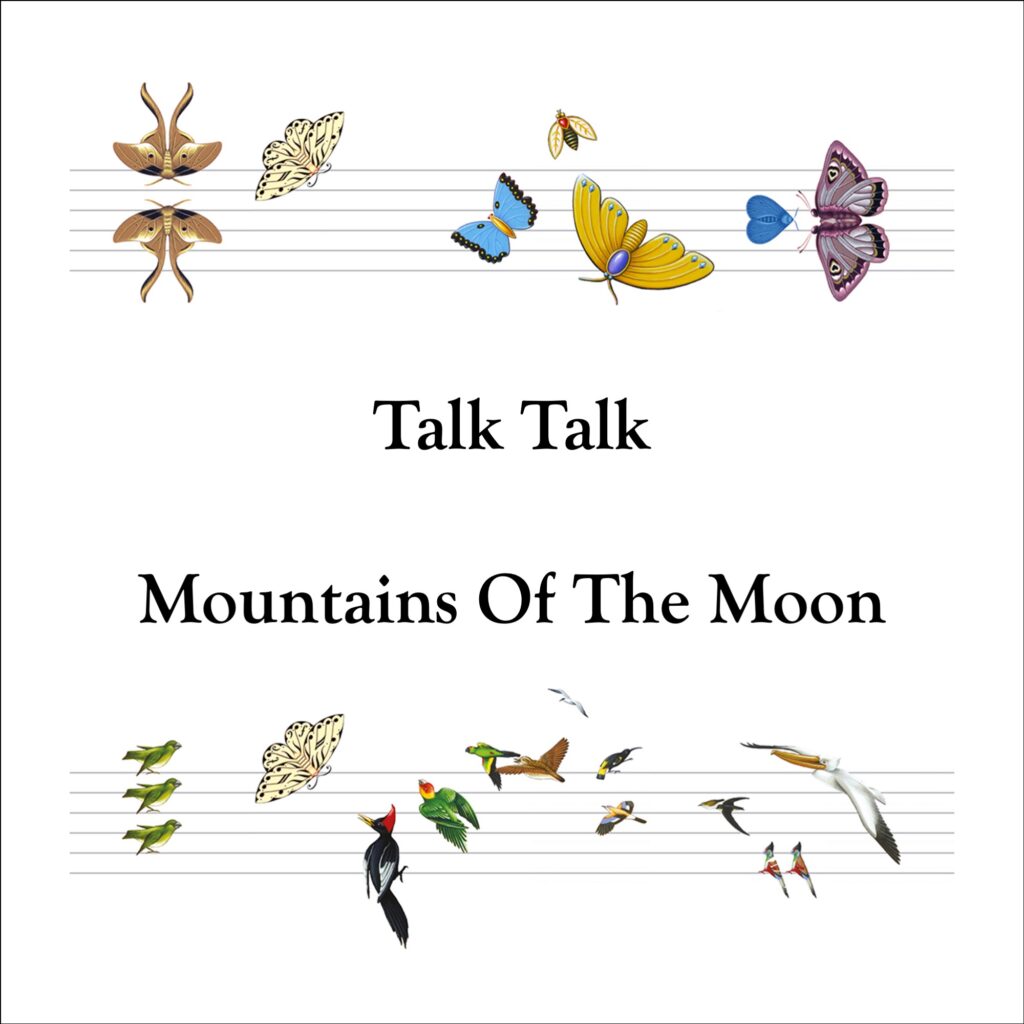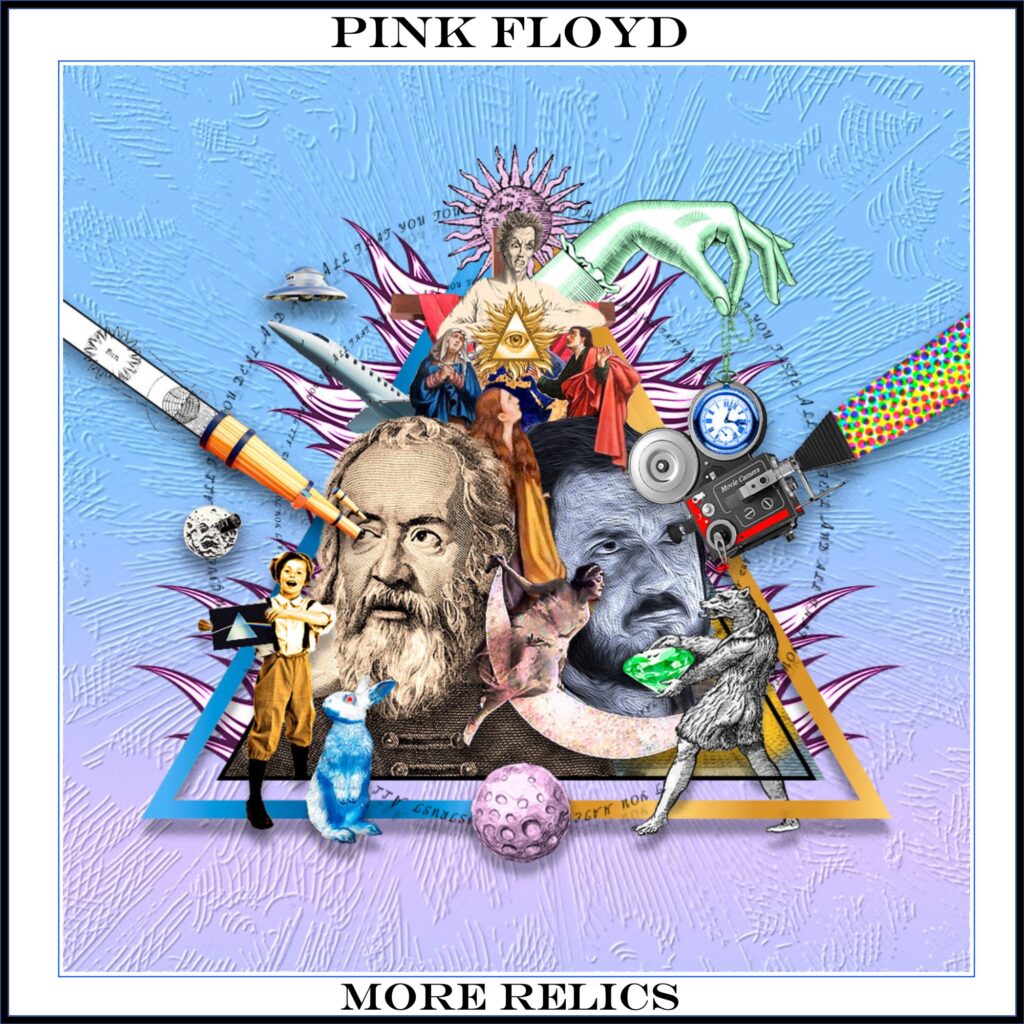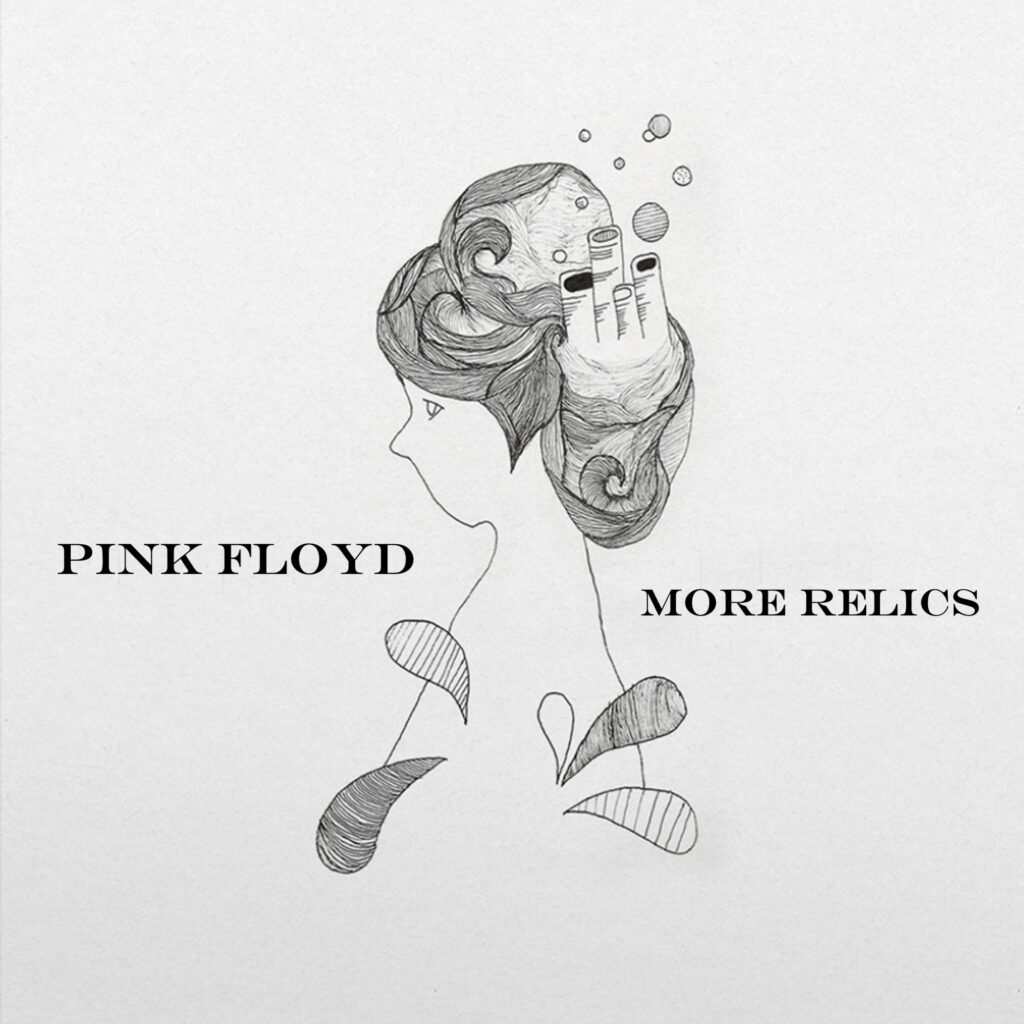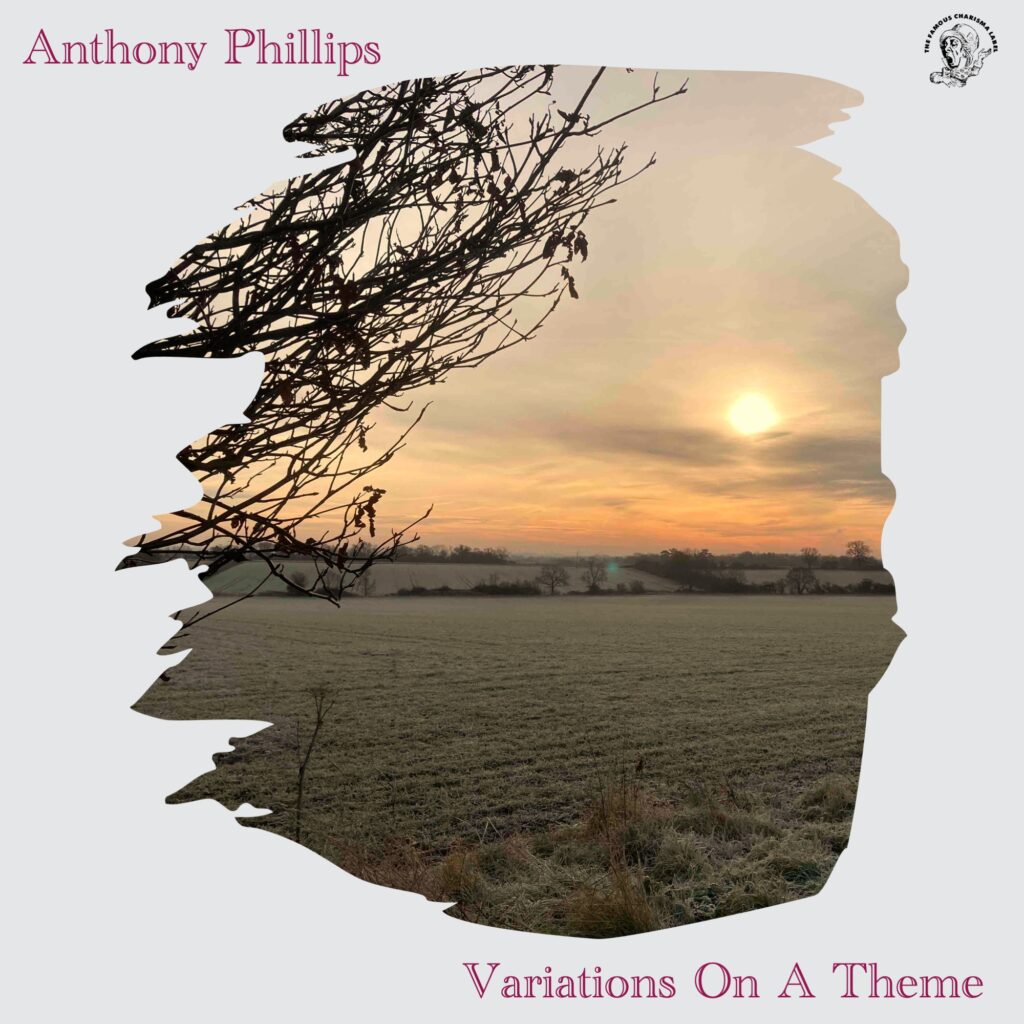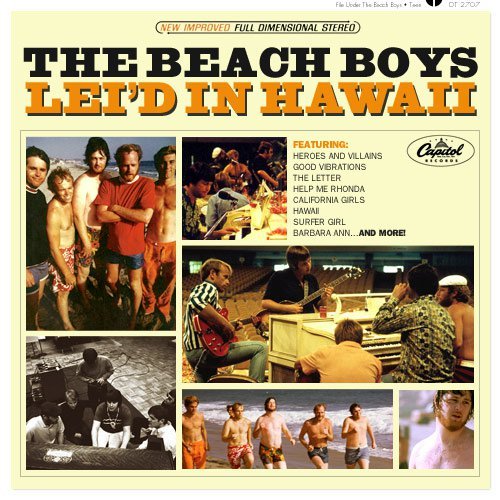
The Beach Boys had gone from being an act that performed songs about cars and surfing to producing the pop masterpiece of ‘Pet Sounds’ in the space of four years. Musicians and song writers moved quickly in the 1960’s. Just look how much Dylan and The Beatles changed their sounds in the same time. Anyway, with the collapse of the ’Smile’ project, (which I looked at in a previous post https://www.thesquirepresents.co.uk/the-beach-boys-smile-redux/), the band recorded the lo-fi album ‘Smiley Smile’, a record which showed that Brian Wilson’s control over the recording process was diminishing.
The band had also dropped out of performing at the Monterey Pop Festival where the great and the good of the counterculture turned up to herald in a new age of music, something that with the failure of the ‘Smile’ album to appear meant that The Beach Boys were seen as out of step with the times. In response, the band booked the Honolulu International Centre Arena to perform a couple of concerts that that would lead to a live album and concert film.
Things did not go smoothly. Bruce Johnson refused to go, saying that the whole situation had got too weird. To make up the numbers as it were, Brian Wilson was persuaded to go. Wilson had not performed live for nearly three years and said that he would come along if he could bring his Baldwin organ. This meant that he would not be covering bass duties as he had before which meant that Carl Wilson or Al Jardine would need to take on that responsibility. The band were also under rehearsed and this can be clearly heard on the recordings. To counteract this, the band tried overdubbing to rescue the recordings but these proved unsatisfactory. They then went to recording studio in San Fransisco to produce a ‘live’ record where the audience noise would be edited in later. These recordings were also abandoned as the band felt that it was ready to record what would become their ‘Wild Honey’ album.
These recordings would remain in The Beach Boys vault until the early 80s when some of them started to see the light of day. Finally in 2017, both of the shows were released and it from these that this what if has been compiled. I have looked to include the best version of each song which was not an easy task as these performances are very poor. Most come from the second night but where they do not, I have marked them with an asterisk.
It is clear to see why this was not released by just hearing it. The band not only sound underrehearsed but disinterested in what they are doing. Maybe they were too stoned? It also shows how ill equipped they were to perform the complex songs that Brian had been producing in the studio over the last couple of years in a live setting. This is by far the weakest what if album I have posted on the site. The Beach Boys would produce better live albums than this in future.
Side 1
- Hawthorne Boulevard
- Hawaii
- Help Me Rhonda
- You’re So Good To Me
- California Girls
- Wouldn’t It Be Nice
- Gettin’ Hungry*
- Surfer Girl
- Surfin’
Side 2
- Sloop John B
- The Letter
- God Only Knows
- Good Vibrations
- Heroes & Villains
- Barbara Ann*
The front cover was taken from https://idesignalbumcovers.tumblr.com
All performances from the 26th August 1967 Performance except where noted.
*25th August 1967 Performance
